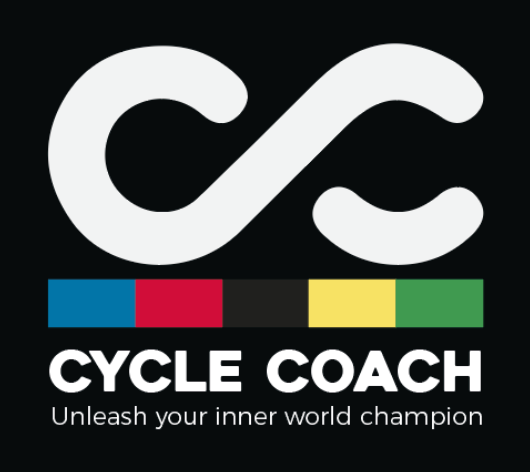Unpacking the 3 Weeks On, 1 Week Off Training Method: Origins and Effectiveness
The 3 weeks on, 1 week off training cycle is a staple in many training plans, but have you ever wondered about the science and history behind it? Join us as we explore the origins and effectiveness of this common training method.
In nearly every cycling magazine and from nearly every coach, it’s common to see a 3 weeks on, 1 week off training plan. During the three weeks, training typically intensifies, with either an increase in volume, number of intervals, or both. The fourth week then serves as a recovery period, where training volume and intensity decrease to allow the athlete to recover. But what necessitates recovery after precisely 21 days, and why is this duration the same for all athletes?
Origins of the 3 Weeks On, 1 Week Off Cycle
Many believe this training cycle is rooted in physiological science, but the truth is quite different. The concept originated from the former Eastern Bloc USSR's training system. Young athletes would train intensively for three weeks while living in sports villages and then return home for a week of reduced training. This fourth week naturally became a recovery period, giving rise to the 3 weeks on, 1 week off method we use today.
Why is This Method Still Used?
Even though this method's origins are logistical rather than scientific, it remains popular. Recovery is crucial for athletes at all levels, whether they are winning the Tour de France or following a couch-to-5k program. Scheduled recovery weeks in standardised plans ensure athletes mentally and physically recover, preventing overtraining or burnout. Even in training plans I’ve created for magazines, editors have insisted on including regular recovery weeks, even when the overall plan is low volume/intensity.
Do We Really Need Recovery Weeks?
From a physical standpoint, not everyone may need a full week of recovery regularly. However, mental recovery is crucial and can be influenced by family and work commitments. While recovery is necessary, scheduling a full week every month might lead to detraining for some athletes.
When training increases at a manageable rate, continuous progress can be made without frequent full recovery weeks. By monitoring Chronic Training Load (CTL) and maintaining a weekly increase of no more than 4 TSS/week points, athletes can sustain longer training periods. However, significant increases, such as a 10-point rise during training camps, necessitate recovery.
When to Take a Recovery Week
We recommend an easy period (3-7 days) if you notice a 10% drop in power or pace over three consecutive days. Also, consider recovery if you feel unusually tired for three days in a row without a clear reason. Lastly, schedule a recovery week if it's been 6-8 weeks since your last one, as this aligns with the typical period for physiological adaptations to become evident.
Conclusion
Ready to optimize your training? Let us help you plan a personalised training regimen. Contact Ric here to get started today.
